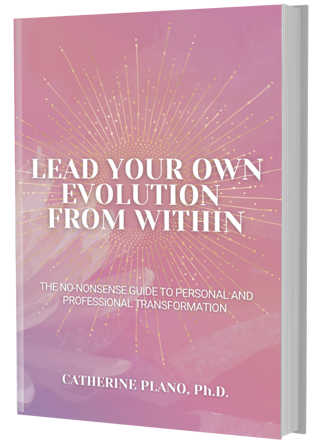We all need people to give us feedback to help us grow and become aware of our blind spots.
Why You Need to Master the Art of Feedback?
Giving feedback is key to growth and performance improvement. I can’t tell you how often I speak with people and organisations where they have never or not received feedback in a very long time. Feedback should be frequent, as it can encourage and help individuals and teams to feel more appreciated and valued.
Feedback Phobia
Feedback drives organisational culture and behaviour. This is the secret to boost any organisational, personal and professional growth. With these facts in mind, why do we continue to not focus on feedback?
The most common reason is that people see it as negative. In other cases, once upon a time, they gave feedback and it did a complete somersault and ended up in an argument. However, there is a technique on how to give and receive feedback without it being so scary.
It was only just the other day where I was facilitating a group and we were talking about ‘personal brand’ and ‘behaviours’. I was explaining that the only way for us to discover our unconscious behaviours was to ask for ‘feedback’ so to bring forth our blind spots to light. I can’t tell you how nervous we all were. Nevertheless, the results were outstanding.
Mindset is Everything
There is a trick in giving ‘honest’ feedback where the receiver is sitting there with open arms. First, it starts with your mindset. If you go into a conversation thinking that feedback is negative, what kind of conversation do you think you are going to have? Correct. Not so pleasant.
If we see feedback as ‘criticism’ or ‘negative’, imagine not only how this is making us feel, but also the receiver. Using words that carry a lower vibration will instantly have your walls up and the person that you were willing to give feedback to will be closed off from anything constructive that you have to share with them. On the other hand, positive words and an open mindset will ease the process on both parts. Constructive feedback is key.
First Ask for Permission
If you ask for permission first, they will appreciate that you are giving them the first step to improving a situation. They will also acknowledge that you respect them enough to see if they are open and ready in receiving your feedback. You will be surprised how much of a difference this makes.
Once you have asked for permission, if they say ‘no’, then absolutely respect their decision and leave it with them. I normally say, “When you are ready to receive your feedback and that you are in the right mindset, just let me know”. Ninety nine percent of the time, within ten minutes or so they are so curious as to what you had to say to them that they come chasing you down to find out.
Always Start with The Positive
Once you have their permission, always start with something positive. For example, when running a public speaking program, I may say to an individual – “Great work Samantha, I loved the way you had so much confidence in your voice and the way you just spoke then.”
Always start with a ‘positive’ with your feedback to stimulate the reward centre in the brain. It leaves the recipient open to taking new direction. By starting your feedback with something positive, not only have you asked for their permission where they are open and ready to receive their feedback, but you also open them up even more.
Constructive Feedback with A Question
The next bit is where the constructive feedback comes into play. However, I personally never really give them feedback. They give it to themselves. I ask the feedback that I want to give with a question. It could be as simple as – “how do you think you went with your presentation to the team right now?”
Allow them to share their insights. Pause. Allow them time to reflect. Pause and pause until they say – “What do you think?” – “Well… I think the team’s movements could be more coordinated”. Silence is golden; the power of pause draws individuals to speak because they feel uncomfortable to sit there in silence.
In addition to key questions, be very specific. Avoid vagueness if they ask you to give them feedback. Use examples and get to the ‘why’ without avoiding the real problem or behaviour.
Wrap It Up with Positive Feedback
You see, giving the feedback with a question makes them feel like you didn’t give them feedback. Quite the contrary; they will feel empowered, like they came up with the solution themselves.
Just the fact that you did it this way, they will feel like you really understand them as an individual. Then wrap it up with a positive piece of feedback – “All in all Samantha, I think you communicated very clearly.” Just make sure you follow it up with a suggestion, solution or outcome together.
Close the Loop on Feedback
When I receive feedback, I always thank the individual for giving me the feedback. Even if I can’t relate to it, I know I am not meant to relate to it, otherwise it would be conscious.
Therefore, once I receive the feedback, I see it as constructive. I look at what I can learn from this feedback and what my action plan is. It’s great to receive feedback, but if you don’t do anything with it, well… what a waste of time and energy. The only way to close the loop on feedback is to ask yourself what you are going to do about it. What would you do differently next time?
Don’t be afraid to give or get feedback; it is essential for a growth mindset.





